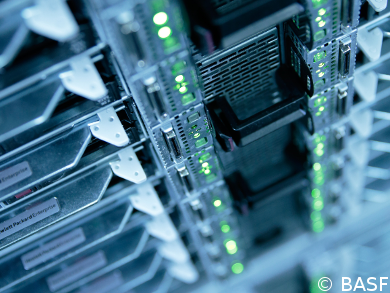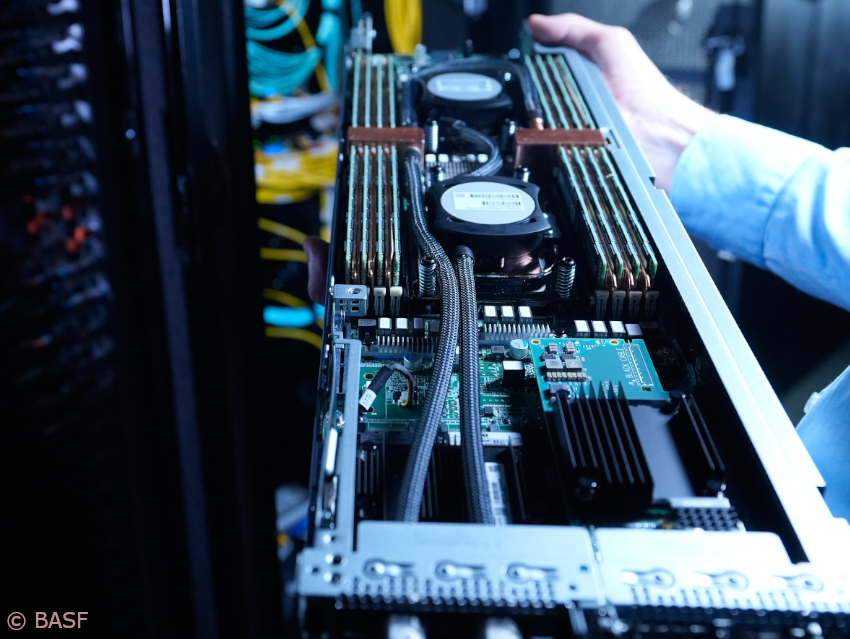BASF has inaugurated a new supercomputer at its Ludwigshafen site in Germany, replacing its previous model. The new supercomputer has a computing power of 3 petaflops (1 petaflops equals one quadrillion floating point operations per second), significantly surpassing the 1.75 petaflops of its predecessor.
Over the past five years, the use of the supercomputer Quriosity has allowed the company to significantly reduce the development time for innovative molecules and chemical compounds, accelerating the market introduction of new products. Apart from research and development, the supercomputer also helps, for example, to optimize the fluid dynamics of plant components in production operations. However, the computing capacity of Quriosity had reached its limit, and the complexity of BASF’s research projects necessitated a more powerful supercomputer. As modeling, virtual experiments, and simulations became increasingly intricate, the demand for enhanced computing power grew.
Hewlett Packard Enterprise (HPE) manufactured the new supercomputer, which operates on AMD processors (CPUs). One of its notable features is an innovative warm-water cooling system. By directly dissipating heat at its source within the supercomputer, the system significantly reduces energy consumption and lowers operating costs.
The new BASF supercomputer, named Quriosity like its predecessor, stands as the world’s largest supercomputer dedicated to industrial chemical research. The previous supercomputer will undergo refurbishment by HPE, achieving a recovery rate exceeding 95 %.
Quriosity has more than 1,000 compute nodes and 3,000 terabytes of storage capacity. The photo shows a close-up of a compute node.
- BASF SE, Ludwigshafen Germany
Also of Interest

BASF starts up supercomputer located at the company’s headquarters in Ludwigshafen, Germany




